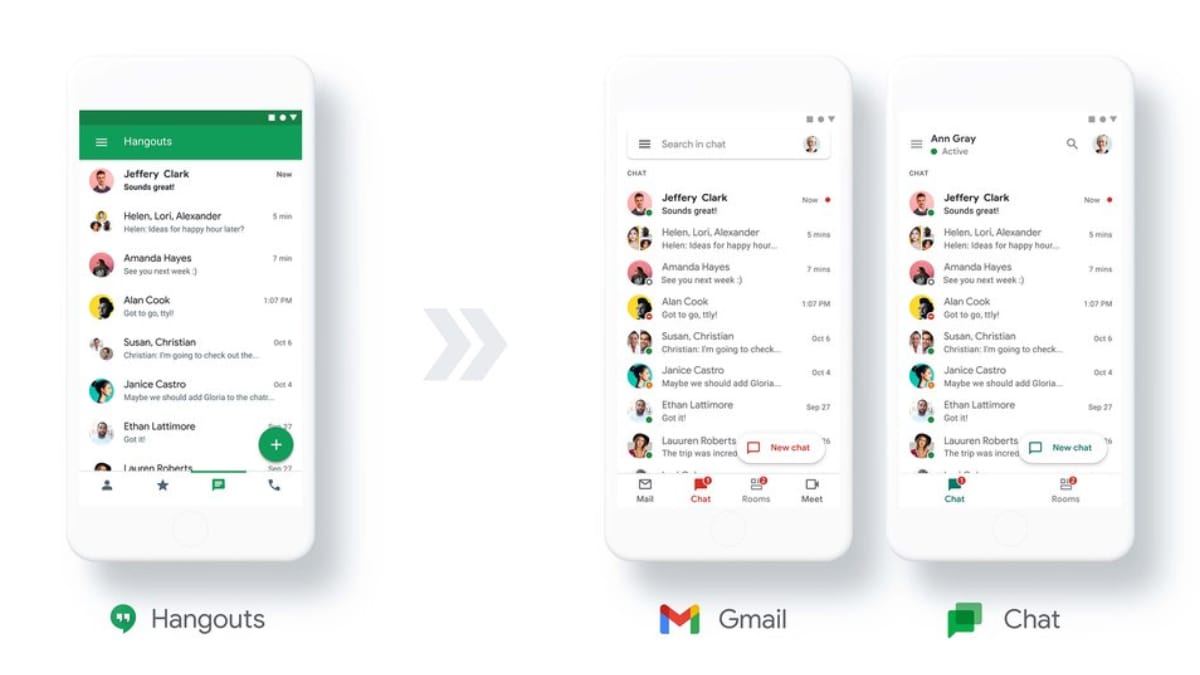Google Photos’ Gemini AI-Powered Ask Photos Feature Reportedly Rolling Out to Some Users
Google Photos is reportedly receiving the much anticipated Ask Photos feature in a limited rollout the US. The artificial intelligence (AI) feature powered by Gemini was first unveiled at the Google I/O in May. Last month, the company confirmed that the feature will be shipped in early access, and as per a report, users have begun seeing the feature on their devices. Notably, the feature lets users search for specific images within Google Photos by sending a conversational query to Gemini.
Ask Photos in Google Photos
According to a Phone Arena report, the Ask Photos feature is now rolling out to several Android users in the US via a supply-side update. It will appear at the bottom-right corner of Google Photos and will replace the Search tab. The tech giant opened the waitlist to request early access to the feature last month, and those who have joined the waitlist are now getting the feature.
The Google Photos feature, which is available on both Android and iOS devices, allows users to ask conversational queries to pinpoint a specific image stored on the user’s cloud storage. Users can ask detailed queries spanning multiple sentences or vague prompts with some basic information about the image, and the AI will be able to fetch the right image. Users can also ask follow-up queries in case the AI is not able to find the image in the first attempt.
As per Google, the AI feature also focuses on user privacy. As previously stated by the company, user data including the queries made to Ask Photos, will not be used for ads. The prompts might be reviewed by humans, but that will be done after the user’s account has been disconnected.
The publication also shared a screenshot of the overview page of the feature, which highlighted how the tech giant is processing the data in Google Photos to let users run natural-language queries on them. As per the company, it generates text descriptions for the images and videos, uses facial recognition and compiles the data with location and time stamps to add context (such as if the user went on a vacation to Goa between October 1 and 5), and estimates the relationship of other people in the gallery with the user based on their images.
Check out our Latest News and Follow us at Facebook
Original Source






